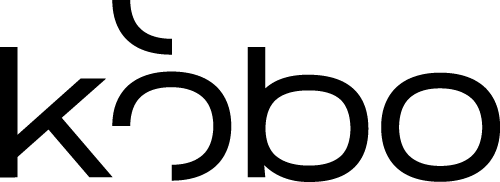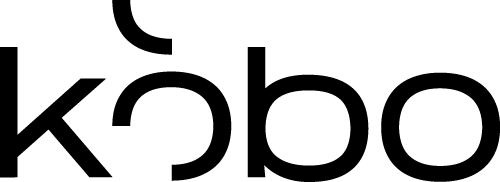No products in the cart.
Is Using the Photography of Others Art?
Is Using the Photography of Other Art? This is of course an endless debate but read this blog post by Thomas Boldt to find out more.
Our digital world creates a truly staggering amount of imagery. 95 million photos are shared on Instagram alone every single day, and that figure is expected to rise. Google Street View has mapped out massive sections of the real world and made it all freely available on the web, constantly updating itself to ensure that it’s as close to a real-time representation of the world as possible.
So what happens when artists get their hands on this massive trove of digital imagery? Well, it depends on who you ask.
Richard Prince, famous for his appropriation-based style of artwork since the late 1970s, created another huge storm of controversy with one of his most recent exhibitions, New Portraits. Prince simply scrolled through an Instagram feed, chose a set of “selfies”, enlarged them, and listed them for $100,000 USD each. “Rephotographing”, as he calls it, skirts the boundary between reinterpretation and plagiarism – or, one could argue, it’s nothing more than outright theft. Regardless, each and every one of his New Portraits sold.
Perhaps the most valuable element of the project from an artistic perspective is the dialog that it generates. Is it really art? It always seems that Prince is rather gleeful in his “rephotographing”, as though he is actively mocking the art world. Some might argue that it forces the community to question the role of the artist in these works – but what happens when the element of a human photographer is removed?
Google Street View has more data than can possibly be sifted by a single individual, even if they devoted an entire lifetime to it – no more than it would be possible to visit every single place their cameras have gone. The unique cameras used to capture the world have 9 lenses, constantly photographing, and they are all stitched together automatically to make a continuous panoramic view. It has unintentionally created an incredible body of street photography, capturing moments that, in many cases, nobody else was there to photograph.
But when artist Jon Rafman collects some of the most compelling images he finds into a project called Nine Eyes of Google Street View, is he creating a work of art?
“It was tempting to see the images as a neutral and privileged representation of reality—as though the Street Views, wrenched from any social context other than geospatial continuity, were able to perform true docu-photography, capturing fragments of reality stripped of all cultural intentions.”
Is he acting as curator for an entire world of street photography? Or does the nature of his selection process itself create a new work of art based around what he chooses to include?
Think carefully about how you answer to those questions, because if you asked the same questions about Prince’s New Portraits project, it’s quite likely that you’ll find yourself with a different reaction. His work is derided by many as unoriginal, but is there really a difference?




